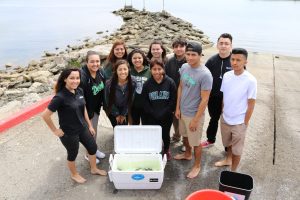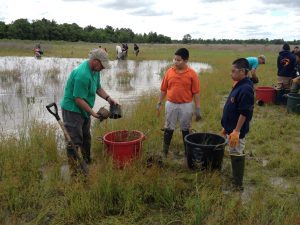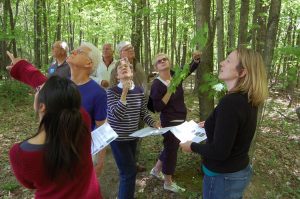New Jersey Sea Grant and its partners worked together to compile a dune manual that combines information on beach and dune processes with current research findings and best practices. The manual educates its intended audiences including municipal officials, town planners, coastal engineers, and homeowners on the role dunes can play in increased community resilience by providing background information on coastal ecosystems, their processes, and how dunes can mitigate the impacts of coastal storms, sea level rise, and storm surge. The information in the manual is intended to enable users to make informed decisions on coastal resilience by incorporating beach and dune dynamics with suitable plantings, including evidence which shows that a mix of plant species on dunes is important for stabilization and ecosystem function.

New Jersey Sea Grant extension and communications personnel worked with Cape May and its Mayor to lead dune workshops and support a dune installation project. The end result of several dune education and management workshops led by New Jersey Sea Grant extension and communications personnel was the planting and establishment of a three block dune demonstration project along Cape May’s popular boardwalk that shows how using a diverse selection of native plants species can create a more resilient dune system. Staff and 20 volunteers (who contributed 120 hours) used New Jersey Sea Grant’s Dune Manual as a resource to design and plant the project. Plant materials were donated for the project by the Cape May Plant Materials Center. Following the planting, Cape May installed 50 “Keep Off Dunes –Why?” signs to help protect the new dunes and educate the public on their many benefits.


